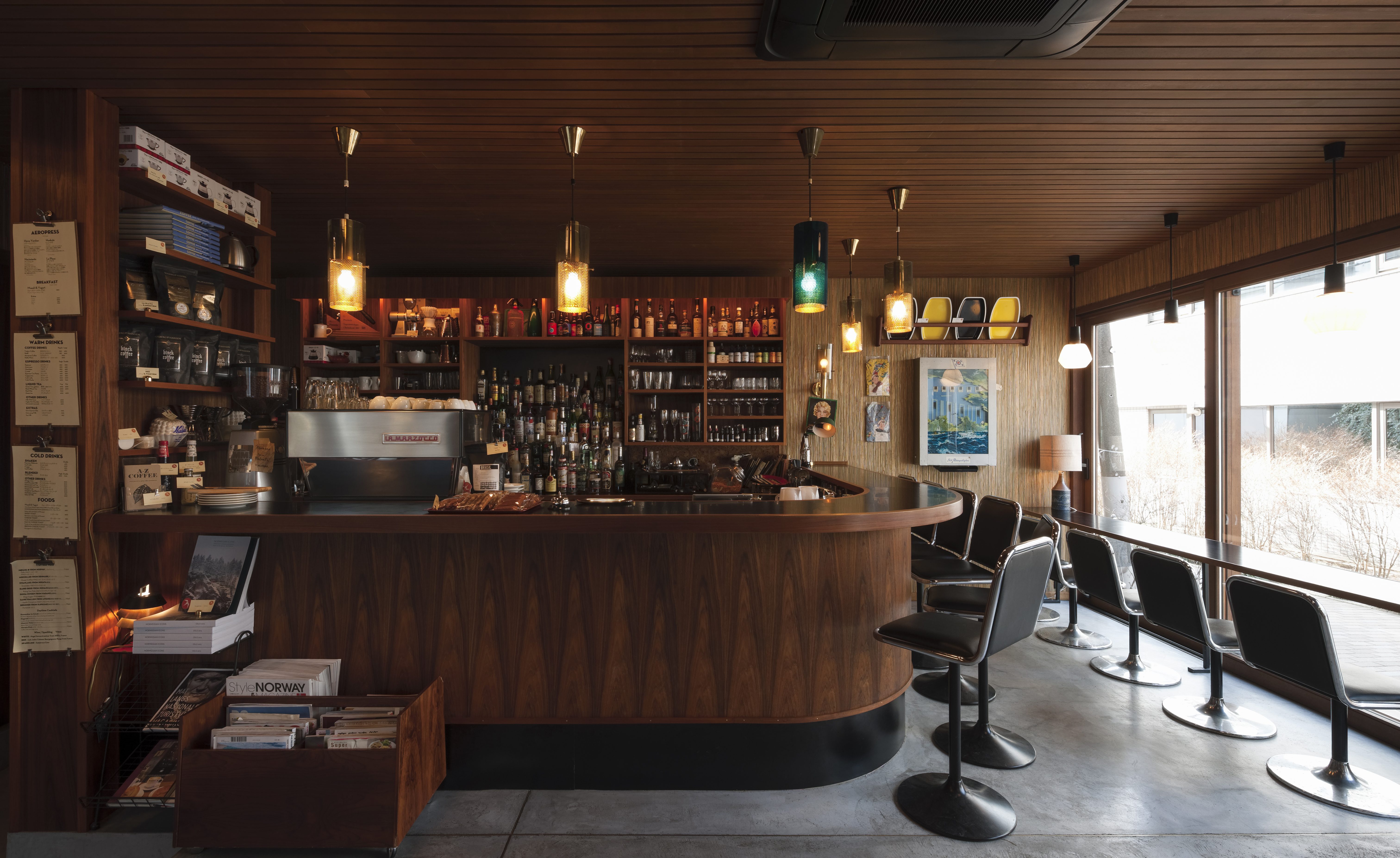How Tokyo's cocktail scene is changing
Young, well-traveled bartenders are bringing avant-garde techniques and interesting ingredients to Tokyo’s previously static cocktail scene.

When Shuzo Nagumo makes a cocktail at Mixology Laboratory (1-6-1 Yaesu, 3rd floor, Chuo-ku; 81-3-6262-3946), the process often resembles a science experiment. Mist wreathes his face as he pumps smoke into a bag encircling a martini glass. He uses a handheld compressed-gas cylinder to transform the salt on the rim of a glass into foam. A few years ago, such a modernist approach would have been considered heresy in Tokyo. Cocktail bars—epitomized by places in the Ginza district like Bar High Five—were hushed temples dedicated to pre-Prohibition American drinks. First introduced to Japan in the 1880s under Emperor Meiji, cocktail making became an obsession. And it was Tokyo’s dedication to old-school methods that helped to reignite the American cocktail renaissance of the early 2000s.
But now the city is changing tack, as upstarts like Nagumo introduce ideas and trends from abroad: spirit-specific bars, molecular approaches, indigenous ingredients, European-style trappings. The shift is due in part to a class of younger bartenders who are eager to travel, absorb influences, and adapt them for their hometown. Nagumo apprenticed in the kitchen of Nobu in London, while Gen Yamamoto, who now has a namesake bar in the Azabu-Juban district, spent seven years in the Northeast at places like David Bouley’s Brushstroke, in New York City, before returning home. He draws on his experience abroad and on the kaiseki tradition of multicourse meals for drinks featuring naruto kintoki (sweet potato) and hozuki (winter cherries).
Rogerio Igarashi, the owner of Bar Tram and Bar Trench, was one of the first in Tokyo to experiment with unorthodox styles. His bars, which opened in 2003 and 2010, respectively, have moody interiors reminiscent of New York’s speakeasystyle bars and menus with bitters, amaros, and absinthe. 'I feel that the creative approach has, at last, become accepted,' he says.
Frank Cisneros, who worked at Brooklyn’s Dram and Prime Meats, recently spent a year bartending at Tokyo’s Mandarin Oriental. He sees two reasons for the shift: First, more Japanese bartenders are entering competitions and gaining exposure to bars around the world. The popularity of Fuglen, a café and cocktail bar imported from Oslo that serves drinks blending Norwegian and Japanese elements, is a sign of the city’s eagerness to assimilate tastes. Second, Tokyo is in an internationalizing mood as it anticipates the 2020 Olympics. Visitors will soon see signs in other languages on the subways, and these newer bars are more in sync with the times. 'Japan wants to be influenced by the outside world,' Cisneros says. 'But it also has an island mentality—and the people are very proud of what they do.'
This article originally appeared on Travel + Leisure
Receive our daily digest of inspiration, escapism and design stories from around the world direct to your inbox.